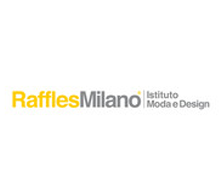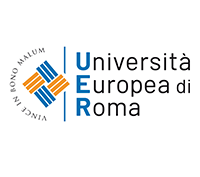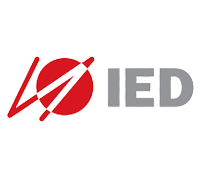THE EDUCATIONAL SYSTEM
Italy’s education system is divided into two categories:
University Education provided by 83 University Institutions that fall under the following formulas:
State Universities 58 in total
State Universities that offer knowledge and scientific research and organize a postgraduate course with attending courses – seminars and research.
Non-State Universities, 17 in total
Recognized by the state and offer equivalent level of education such as the state Technological Universities specialize in Architecture and Engineering and follow the same educational system as state-owned
University of Foreign Students, 2 in total
State institutes specialized in the teaching, research and development and dissemination of Italian language and literature.
Higher Institutes of Postgraduate Studies, 3 in number, they offer and PhDs
By special legislation, they are recognized by the State as institutions specialized in the provision of postgraduate studies and scientific research.
Open Universities, 3
They offer remote programs recognized by the state body.
Non-University Education divided into 4 different categories of study:
- Higher Schools of Arts and Design
- Higher education at the Translation School
- Higher School of Pedagogical Education
- Studies for Technological Education and in fields such as librarianship, diplomacy, conservation – restoration, military studies where, along with relevant institutes of study, the respective ministries are involved in these fields,besides the Ministry of Education.
How the Universities operate:
Academic year
- It is divided into 2 semesters
- The 1st begins in September-October and ends in January-February
- The 2nd begins in February and ends in July
- Exams consist of written and oral examinations during the semester.
Number of admissions
Access is restricted to the following disciplines, since the number of admissions is determined by the state, these are:
- Diploma and laureate degrees in medical schools, architectural colleges
- Diploma level where the teaching process involves a compulsory internship
- Degree of specialization
- The entrance examinations are conducted on criteria and conditions defined by the universities and published in the relevant notices of competitions.
Admission conditions:
For admission to higher education for study programs that lead to a diploma and is a secondaryschool certificate (“Apolyterion”).
Studying at the Medical School in the cities of Italy is one of the great choices for students in Europe.
They offer English language courses and the candidate’s introduction is achieved through the University Examinations which are held every September.
For English-language departments of medical schools, candidates are asked to participate in the IMAT Test – International Medical Admissions Test.
Study Programs
Two different categories between “old” and “new”, and now there are “new degrees” that have begun since 1999 and the “old degrees” that existed before 1999.
New Degrees:
- Bachelor Level Degree, 3 years
- Master Level Degree, from 1 year to 2
- Doctorate Research. Duration 3-4 years
In Italy, there are schools where candidates are required to pass a Pan-Italian Exam and Schools without necessary examinations.
Exam schools are:
- Medicine, as well as all paramedical schools (Physiotherapy, Nursing, Speech Therapy etc.)
- Dentistry
- Veterinary medicine
- Pharmaceuticals. In most cities, the University projects students with an intra-university test in 5 courses, 80 multiple choice questions, and in others they have a simple registration for a specific number of students.
- Architecture
- Pedagogy
- Psychology
- In the School of Medicine, candidates are examined within 2 hours with the system of multiple questions in a series of courses (eg, Medicine: Biology, Chemistry, Physics, Mathematics, Culture)
In these tests there is also negative score. Also, they advice those who want to study in Italy to choose a small city because usually competition is less and teachers are more lenient.
Schools without exams:
Candidates must know that they may have to take a knowledge test, but their performance in this may not affect their admission.
- Pharmaceuticals (currently not in the Pan-italian examination system, although most cities subject the candidate to an Interuniversity Test since 8/2012 and some other cities accept enrollments without a test and with priority order)
- Polytechnic (except Architecture)
- Law
- Philology
- Languages
- Fine Arts (in some cities, they take an Interuniversity Test)
- Physics
- Chemistry
- Mathematics
- Biology
- Economics
Tuition and living costs:
Universities and other higher education institutions determine their tuition fees. There is a legal minimum amount for registration and a maximum amount for students’ contribution to their maintenance and service costs.
Tuition fees are around 800 to 1,400 € per year and are differentiated by each University individually. In private universities, the cost of tuition is different. In order to attend postgraduate studies or specialized courses, tuition fees are set exclusively by each university.
The monthly cost of living in Italy is estimated at around € 800-1,300 on average.
To a large extend, it depends on the cost of rents. Unfortunately, in Italy and especially in the North, rents and life are more expensive compared to the South and Central Italy that are lower.
Scholarships, student loans, housing provision, catering vouchers, services coordinated by the University’s host office to guide the student for the programs they offer.




